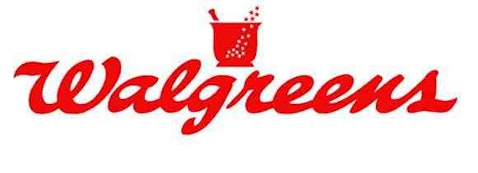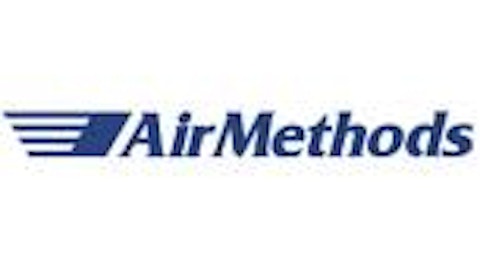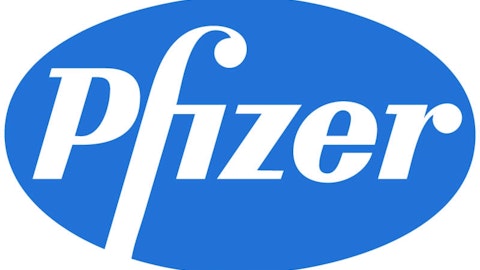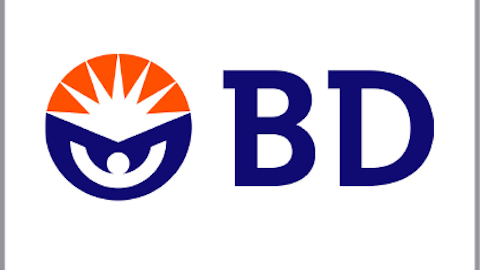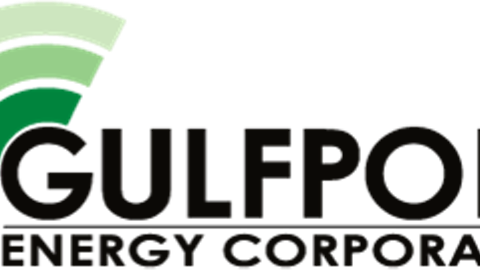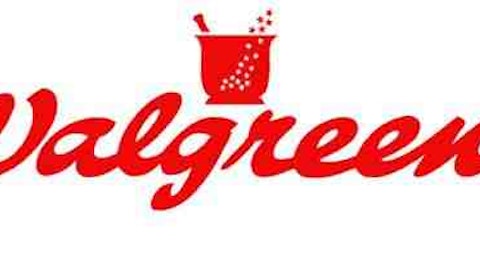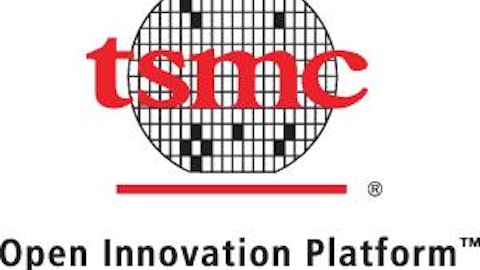Walgreen Company (NYSE:WAG) was down almost 10% last week despite an 18% year-over-year improvement in earnings. But Walgreen posted fiscal 3Q EPS of $0.85, $0.06 below analyst estimates. Margin expansion was smaller than expected and customer traffic in comparable stores decreased 3.9%.Despite the downturn, Walgreen Company (NYSE:WAG) has still outperformed chief competitor CVS Caremark Corporation (NYSE:CVS) by nearly 30 percentage points over the past year.
So what’s the play? Earnings hit a snag, but is Walgreen Company (NYSE:WAG) still a long-term investment opportunity?
The pharmacy company is the largest U.S. retail drug chain in terms of revenues and the company is still gaining market share. CEO Greg Wasson had this to say after the earnings release: “we continued to see a strengthening in our pharmacy performance as we maintained strong margins and increased our retail pharmacy market share from 18.4% to 19.2% year-over-year.”
This market share gain was likely the result of its renewed multi-year pharmacy network agreement with Express Scripts Holding Company (NASDAQ:ESRX). But it still remains questionable as to whether Walgreen Company (NYSE:WAG) can regain the $4 billion in sales that it lost due to the mishap.
Even still, Walgreen Company (NYSE:WAG) generated operating cash flow of $1.4 billion and free cash flow of $1.1 million last quarter, boosting cash on hand to $3 billion — a 50% increase from the year-ago quarter.
Part of Walgreen’s growth opportunities include a 2012 merger with Alliance Boots that is expected to yield $125 million to $150 million in cost synergies. Most recently, the pharmacy company signed a deal with AmerisourceBergen, replacing Cardinal Health, Inc. (NYSE:CAH) as its key supplier. The deal will increase its global pharmaceutical supply chain for branded and generic drugs.
Top comp
CVS Caremark Corporation (NYSE:CVS) is Walgreen’s top competitor. This pharmacy company should perform well on the back of market share gains related to the Walgreen-Express Scripts Holding Company (NASDAQ:ESRX) fallout.
CVS also has a prescription benefit management (PBM) segment that offers mail order pharmacy services, specialty pharmacy services and plan design. The company generates about 55% of revenues from its PBM segment and 45% from its pharmacy retail operations. CVS also operates retail health care clinics underthe MinuteClinic name. The clinics treat minor health conditions and perform routine vaccinations.
Much like Walgreen, CVS has has an impressive cash flow and balance sheet. CVS ended last quarter with cash of $1.55 billion, up 12.3% sequentially. Free cash flow generated for the quarter was nearly $1.32 billion.
CVS plans on returning about $5 billion to shareholders in 2013 with the help of expansion in its dividend payout ratio to 25%, from the current 21%. At the current price, this would boost CVS’ dividend from the current 1.4% to 1.7%.
CVS competes with the likes of Express Scripts in the PBM industry. Express acquired Medco Health in early 2012 for some $29 billion. The Medco acquisition put Express as the largest player in the PBM space, managing over a billion prescriptions annually. Express expects Medco to help with boosting the company’s stronghold in the generics market.
Express management estimates that $40 billion of specialty drugs will loseprotection through 2020, which represents a $77 billion opportunity for the company in the specialty spends for these drugs. The company also expects that the increase in generic drug demand and higher use of mall orders will improve the company’s margins.
The one downside for Express is that its five largest clients make up nearly 40% of revenues. Most notably, its largest customers include Wellpoint (13% or revenue) and the Department of Defense (10.6%).
